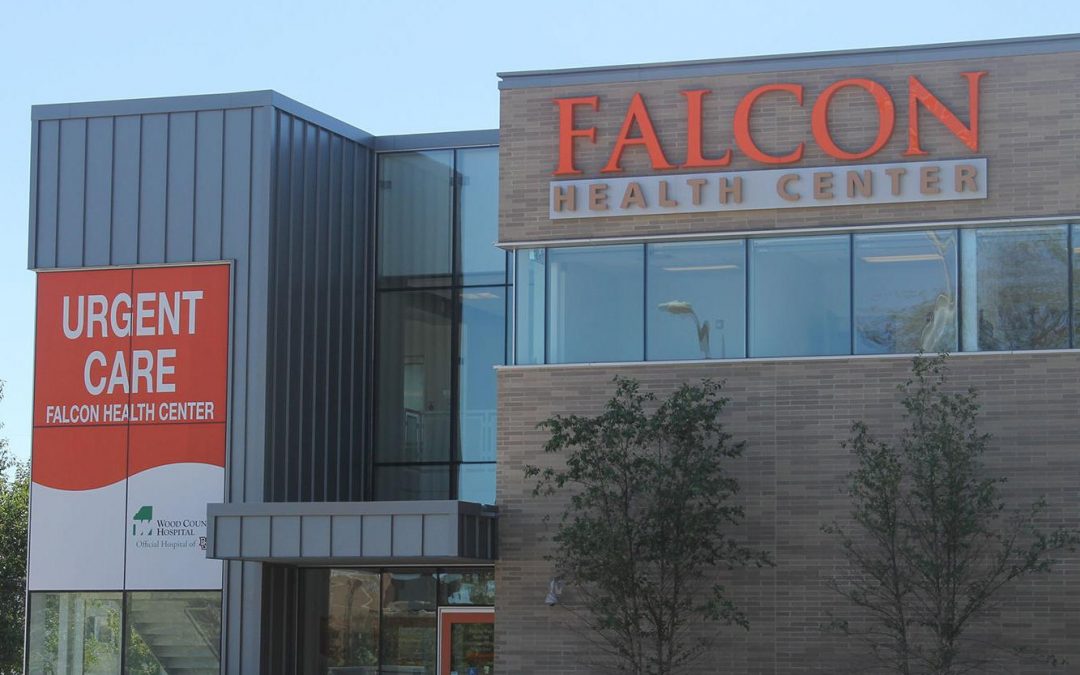Rachel Schirra hasn’t paid the same tuition price twice since arriving at the University in fall 2010.
Each year, the junior watches college costs climb, adding to the already hefty price she pays as an out-of-state student.
“Getting that email this summer — ‘oh, we’re raising your tuition again’ — it’s just routine now,” Schirra said. “I’m never surprised.”
But expecting the notification doesn’t lessen the blow, she said.
“A pit formed in my stomach when I read it,” Schirra said. “I already didn’t even know if I’d have enough money to come back. I was scrambling to find loans.”
Universities statewide continue coping with less state funding. They’re also competing to attract distinguished faculty members and incoming students.
Meanwhile, students like Schirra are left feeling discouraged as they foot the bill.
At the University, that bill — $10,044 this academic year — is higher than at most institutions statewide.
University tuition and mandatory fees are the third-most expensive in the state and have been for at least five years, according to data from the Ohio Board of Regents. Only Miami University and University of Cincinnati have higher tuition rates.
And the costs keep rising.
All 13 public universities in Ohio increased their tuition for the current academic year. Statewide, tuition increases cannot exceed 3.5 percent each year, according to the current state budget, signed by Gov. John Kasich in June 2011.
The University’s tuition has increased by that limit four years in a row. Officials cite decreased state funding and increased operating costs as the cause.
“[Raising tuition] is never easy,” said Geoff Tracy, the University’s director for budget and resource planning. “But when state support goes down and you’ve exhausted all other avenues, it’s hard to avoid.”
State funding made up more than 70 percent of the University’s budget about 20 years ago, Tracy said. Now, that amount has been reduced to less than 25 percent, with more cuts anticipated next year.
The University has implemented some “belt tightening” measures, including staff reductions, and has also sought alternative sources of funding, such as grants and donations, he said.
“We always want to try to look at other avenues to support the institution,” Tracy said. “The way the economy is right now, we understand it gets tougher each year for students, but we think tuition here is still affordable.”
Richard Vedder, director of the Center for College Affordability and Productivity, disagrees.
His center, a Washington-based research group with a goal of reforming higher education, thinks tuition nationwide is too pricey, and more should be done to keep costs down.
“Ohio’s situation isn’t unique,” said Vedder, also an economics professor at Ohio University. “And when you compare Bowling Green State University to similar institutions, its tuition is really par for the course. This is happening everywhere.”
To Vedder, state funding isn’t solely to blame for inflated prices — after all, costs at private universities are also on the rise. Likewise, “productivity in higher education has remained roughly unchanged,” he said, and often doesn’t match the prices students pay.
“There’s some truth to the arguments of the higher education establishment, but I think they’re also exaggerated,” Vedder said. “Simply put, colleges raise tuition fees because they can get away with it.”
But for students like Schirra, that explanation isn’t good enough.
Scholarships for good grades, a full-time summer job at a gas station and a “ramen noodle and macaroni and cheese” diet still haven’t helped her evade going significantly into debt.
And if she wants to attend graduate school to pursue her ideal career as a wildlife biologist, she knows even more debt awaits her.
“I’ve thought about giving up,” Schirra said. “But if you’re this far, what do you do? Go work a minimum wage job forever and try to pay off your loans? You can’t.”
Sophomore Kevin Storer, Schirra’s friend, said he’s sure many other students share similar frustrations.
But, like Schirra, he doesn’t foresee a solution anytime soon.
“You’re supposed to come to college to get a job doing what you love,” Storer said. “But a lot of students probably don’t get that opportunity, because if that job doesn’t pay a lot, they’re thinking ‘I won’t be able to afford this degree once I get it.’”







